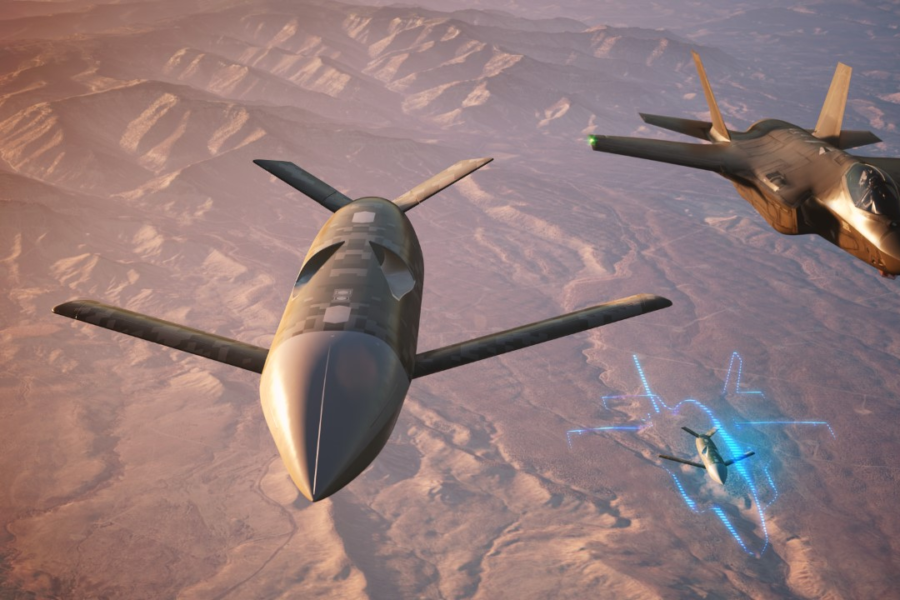AURORA, Colo.—Before adding multiple autonomous wingmen to Air Combat Command’s fighter force, the Air Force will first add just one per fighter and “see where it takes us,” said ACC commander Gen. Mark D. Kelly said at the AFA Warfare Symposium.
Hours after Air Force Secretary Frank Kendall announced notional plans for 1,000 Collaborative Combat Aircraft (CCAs) to accompany some 200 Next Generation Air Dominance jets and 300 F-35s, Kelly said “a lot of discovery” still needs to bring true manned/unmanned collaboration to fruition.
“As far as numbers [for] testing and development, I think we’re obviously going to start with one [CCA per crewed fighter] and see how that goes,” Kelly told reporters at a press conference during the AFA event.
“I can easily see one platform controlling one CCA doing one mission, whether it be sensing or jamming or something like that,” he said. Then, after proving that can be done, he continued, adding a second aircraft “with a different mission.”
Making CCAs work will depend on the “processing power and bandwidth of the platform—and the processing power and bandwidth of the aviator,” he said. It’s important that pilots must not be overburdened with managing other aircraft.
Kelly said he can see two CCAs per fighter as the right number at some point, or even eventually three, but testing should start with one.
Asked what enabling mission is most urgent for CCAs to perform, Kelly suggested electronic warfare.
Sensing, jamming, and signals intelligence would be Kelly’s top mission for a CCA, he said. Size, weight, power and cooling requirments would impact those decisions, “I think we’ll iterate from there,” Kelly said.
Enabling CCAs to employ weapons could be five to 20 years away, Kelly said. “Well before you get to weapons employment, you’ve got to get to the ability for it to do auto-target recognition.” And before that, Kelly said, CCAs need to work within the broader airspace, and today’s uncrewed aircraft don’t yet have unlimited permission to operate in civil airspace.
“My biggest focus, for our team, is just to make sure they don’t outstrip” the authorities they have to operate, he said. “If we let automation and CCAs … skip on authorities to execute … it will be a bit of a lopsided capability.”
Kelly also said it would be foolish to just involve fighter pilots in developing the concepts of operation for CCAs, because the cadre would not include operators with useful knowledge, such a MQ-9 Reaper pilots “who know how to handle lost links,” Kelly said, adding “we better have their expertise in the room.”
Similarly, he thinks RC-135 Rivet Joint surveillance operators should be included “because they know how to do really high-end jamming and SIGINT.”
